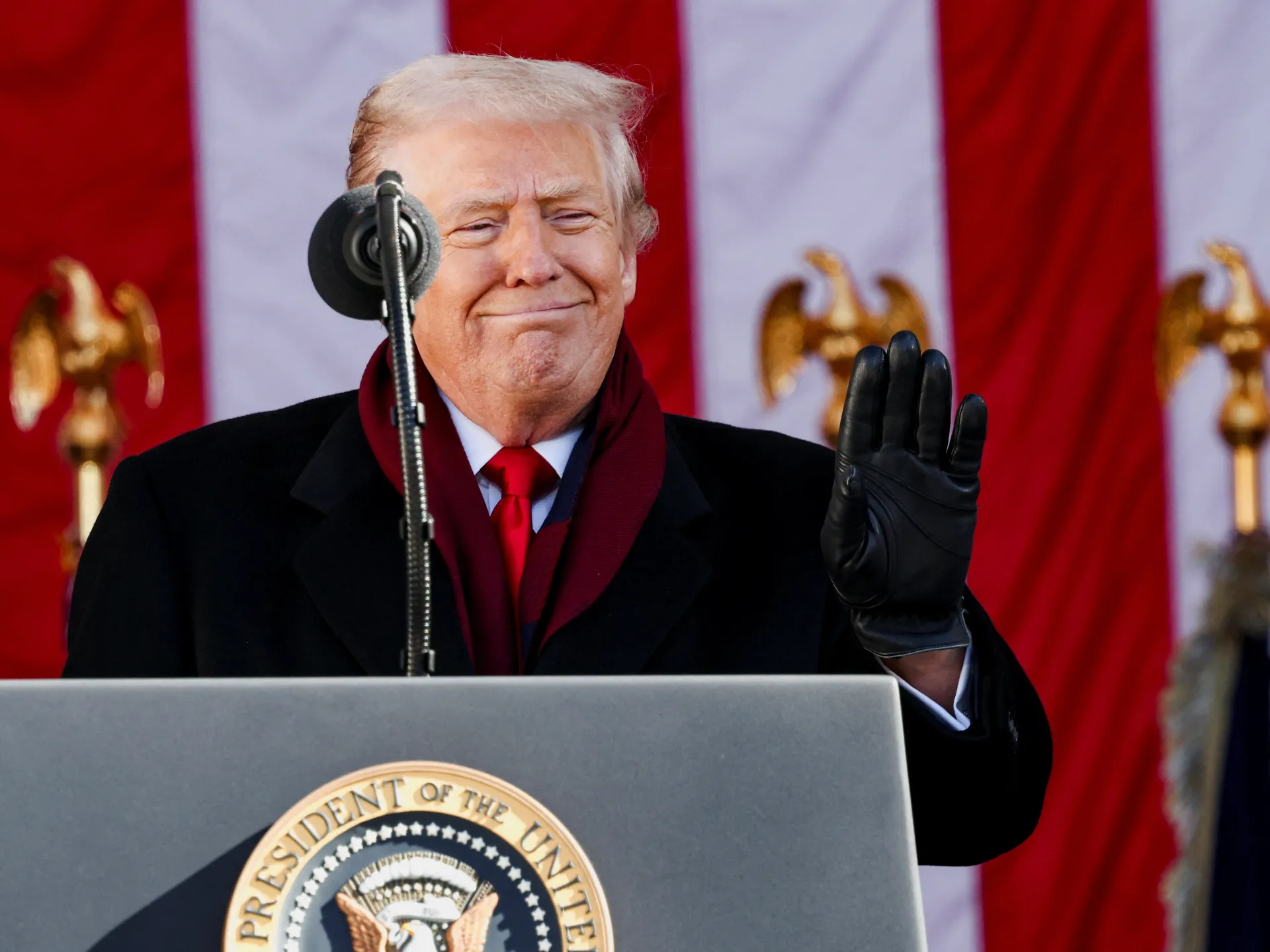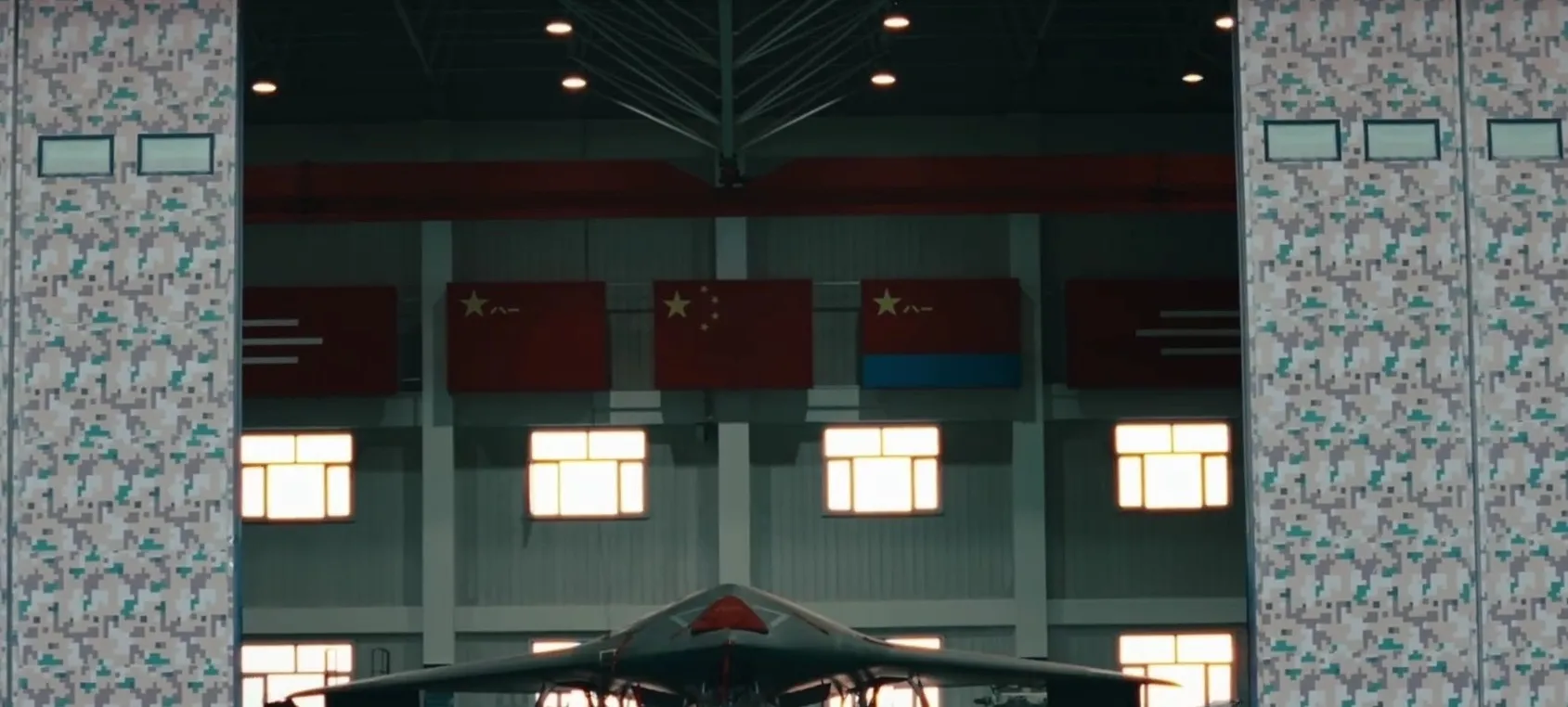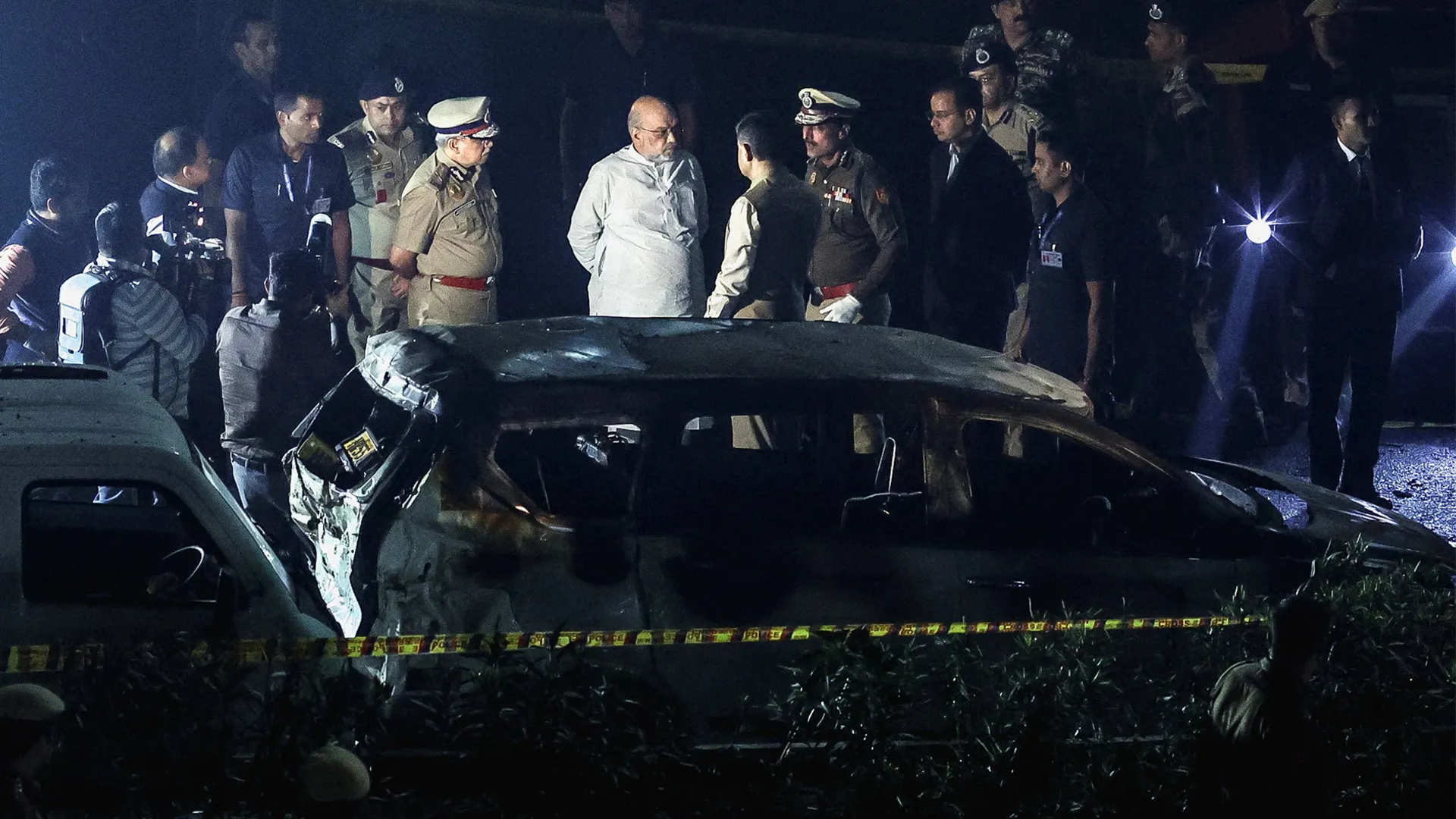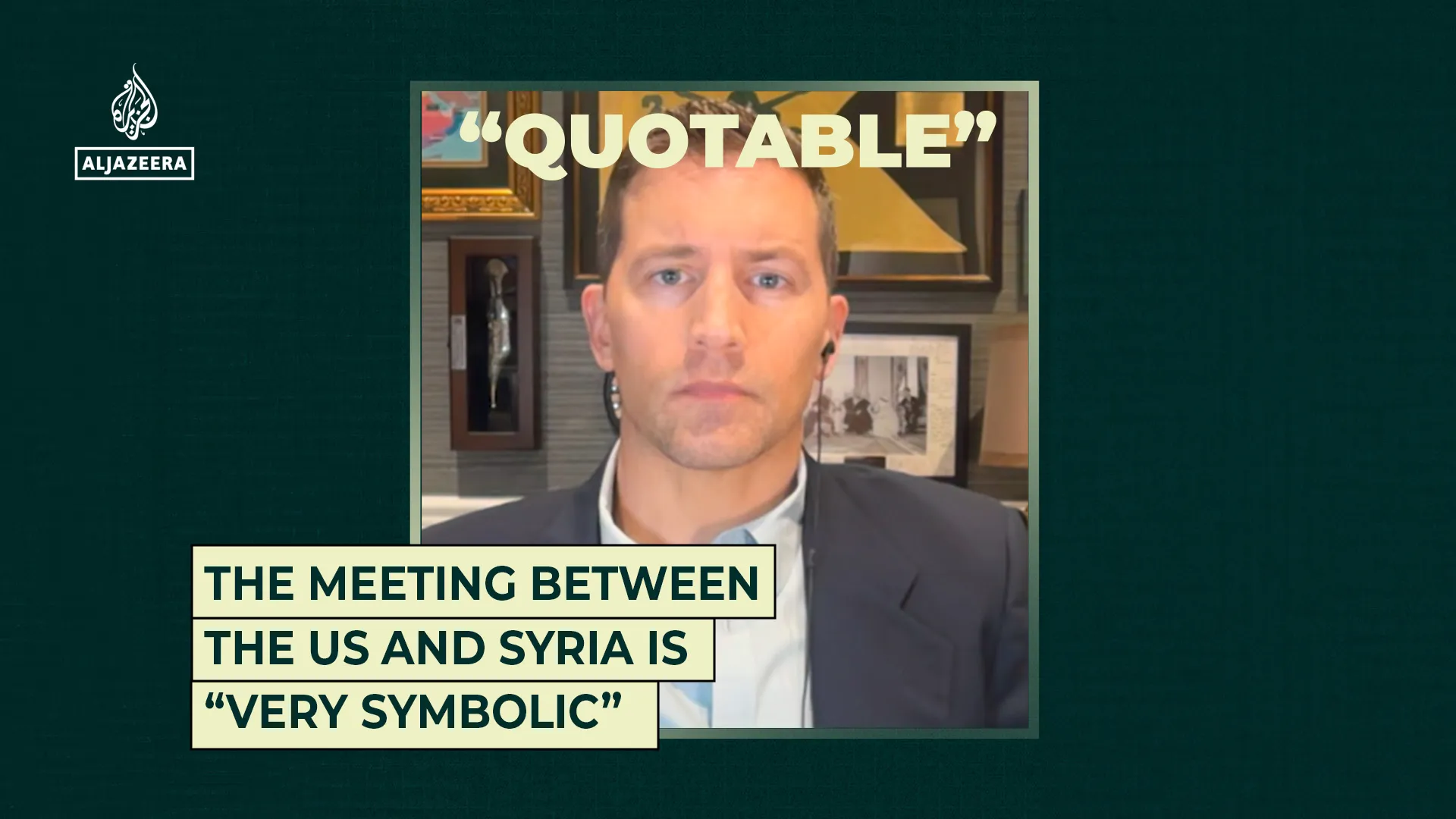Ryanair will only offer digital boarding passes from November 12, leading to fears that tech-phobes will be unable to fly – and the company’s boss Michael O’Leary could be to blame
Ryanair’s new boarding rules take effect today, with Brits warned not to get caught out and risk incurring a large fee.
Today, the budget carrier has switched entirely to digital boarding passes. This means travellers who have purchased tickets will no longer be able to download and print them before arriving at the airport – an option currently used by 20 per cent of Ryanair passengers, according to the airline.
Desks at the airports will no longer offer the option to print them, which incurred a fee of £55. It is likely that a similar fee will be charged to those who arrive at the airport without having downloaded their digital boarding pass.
All Ryanair has said is that “If you have already checked-in online and your smartphone or tablet is lost, you will receive a free of charge boarding pass at the airport.” That implies that a £55 late-check-in fee will be levied on those who don’t or aren’t able to check-in online before they get to the airport.
There are significant concerns that passengers without use of a mobile phone, or those who are less tech-savvy, may be caught out. A sizeable 2.06 million Brits aged over 55 do not have one of the handy devices, according to MoneySuperMarket. This equates to around 10 per cent of the age group.
READ MORE: New £20 Ryanair route to beautiful city with 20C November weather and gorgeous beachesREAD MORE: Spain’s 5 warmest winter sun destinations for December escapes
With the new rule, customers will have to use the digital boarding pass created by the myRyanair app after they check in. Ryanair stated that 206 million of its passengers already use digital boarding passes, suggesting approximately 40 million journeys could potentially be affected.
The company’s chief executive, Michael O’Leary, said that his 86-year-old mother uses the Ryanair app to travel. Nevertheless, the decision has sparked criticism, with several campaign groups accusing the airline of ageism.
Dennis Reed, director of Silver Voices, told The Telegraph: “It’s a disgraceful move. They are effectively saying they don’t want older people as passengers. There’s a strong argument to say that it’s discriminatory.”
Several worried readers contacted The Mirror to voice their concerns about the change. One said: “I have elderly in-laws who live in Spain. They won’t be able to download anything onto their phone. They’re not tech-savvy, so what will happen when they travel to the UK? I appreciate the need to utilise technology, but that will not work for a lot of passengers.”
Another said: “This seems discriminatory to people, such as the elderly, who, for various reasons, are not able to use smartphones. By Ryanair’s own admission, some 20% of passengers do not use smartphones currently for boarding passes. It may backfire. Ryanair will lose these customers who will turn to alternative providers without such a policy.”
Mr O’Leary, aged 64, was swift to dismiss such concerns. He said: “I’m old, and I travel with Ryanair on a very, very regular basis, and I use the Ryanair app, it is pretty simple, pretty easy to use.” For those especially worried about the change, Mr O’Leary indicated the airline would show flexibility, assuring that “nobody would be cut off at the knees.”
He stated it would be “reasonably forgiving” of passengers arriving with paper boarding passes throughout Christmas and into January.
“The critical thing: If you’ve checked online before you get there and you lose your phone, we’ll have your name in the system,” he said. “We will manually board you at the boarding gate so if your phone goes off, you lose your phone, your phone gets stolen, it is not going to make any issue as long as you checked in online before you got to the boarding gate, which, by the way, would eliminate all the check-in fees at the airport.”
Mr O’Leary dismissed suggestions that elderly passengers would struggle with the changes as patronising.
“Actually, what you find is the old people firstly just get their kids or grandkids to make bookings for them, and then pretty quickly they’re adopting it themselves. And it is slightly patronising, this notion that old people can’t and won’t move to mobile technology or to the apps,” he said, MailOnline reported.
The switch was pushed back by a week to November 12 to avoid the UK and Irish half-term period.
Ryanair chief marketing officer Dara Brady said: “To ensure a seamless transition to 100 per cent digital boarding passes for our customers, we will make the switch from November 12, which is traditionally a slightly quieter time for travel following the busy mid-term break period.
“Ryanair’s move to 100 per cent digital boarding passes will mean a faster, smarter, and greener travel experience for our customers, streamlined through our best-in-class ‘myRyanair’ app, where passengers will also benefit from helpful in-app features, like Order to Seat and live flight information.”
Have you been impacted by this change? Email [email protected]







































